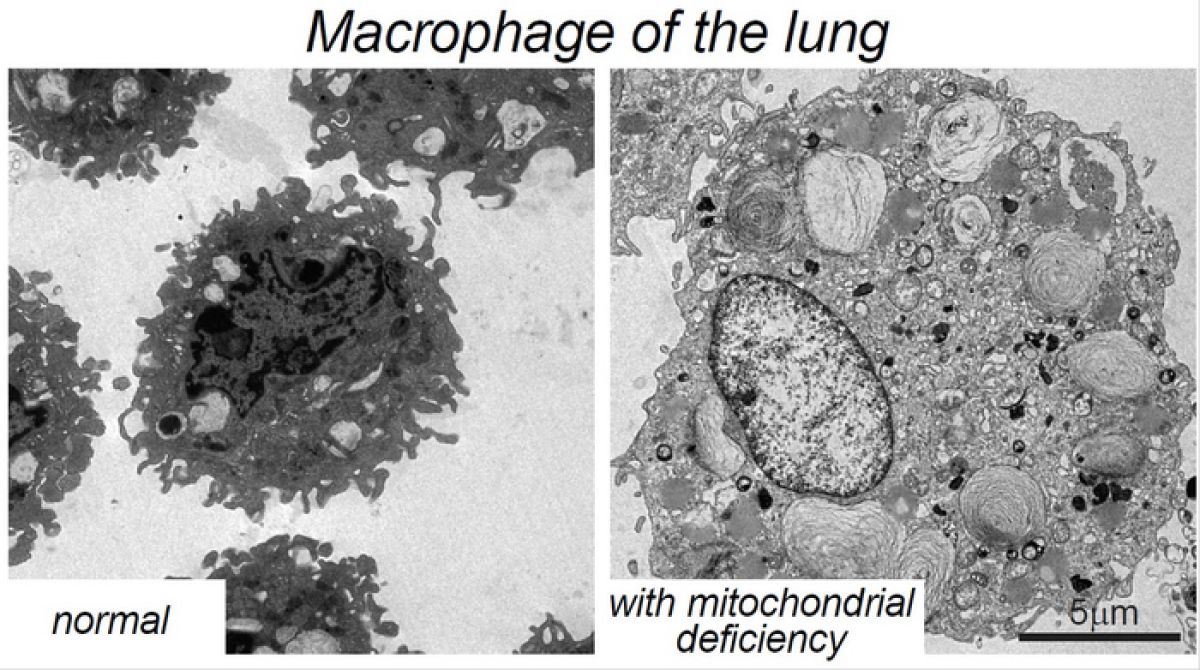MADRID, Spain — A new anti-obesity pill could be on the horizon after a major breakthrough by scientists. Researchers in Spain say this new therapy would target immune cells called macrophages — which can regulate a person’s metabolism according to the organ they reside in. In experiments with mice, the compound prevented the animals from gaining weight, despite eating a high-fat diet.
The treatment also staved off Type 2 diabetes and fatty liver disease. All three are key components of metabolic syndrome. The Spanish team says the finding opens the door to better treatments for conditions linked to obesity and metabolic syndrome, like cardiovascular disease. It also opens the door to warding off diabetes and some cancers related to excess weight.
“In addition, our results reveal a vulnerability of macrophages that contributes to chronic inflammatory diseases and that could be exploited therapeutically for the treatment of conditions associated with obesity and metabolic syndrome, such as cardiovascular disease,” says study leader Dr. David Sancho, who heads the CNIC Immunobiology group, in a media release.
Macrophages play an essential role in the early response to microbial infection. They also have a link to inflammation, a physiological response that helps to repair damaged tissue. However, if the inflammatory response does not work correctly, it can lead to chronic inflammation which triggers many conditions – including obesity, Type 2 diabetes, and heart disease. Dr. Sancho and the team found the cells adapt to the needs of the particular organ where they reside.
The discovery “gives us a better understanding of how macrophages regulate their metabolism according to the organ in which they reside,” Dr. Sancho explains.

These immune cells have several jobs
Macrophages are normally distributed throughout the body. They help cleanse organs of all types of biological material that needs to be removed. These range from harmful particles such as mineral crystals or viruses to proteins or larger complexes that arise during development.
Macrophages are also important for removing dead cells – fueling tissue renewal. The study in the journal Immunity reveals for the first time that they are highly malleable.
“In tissues with abundant extracellular fat and cholesterol, such as the lungs and spleen, macrophages adapt their metabolism to degrade these fats through mitochondrial respiration,” says study first author Dr. Stefanie Wculek. “Using genetic or pharmacological methods to disrupt mitochondrial respiration, mitochondria can be eliminated from lung and spleen, whereas the macrophages in other organs, which don’t depend on mitochondrial respiration, survive.”
Another example is provided by the macrophages located in body fat, or adipose tissue.
“Macrophages residing in the body fat of a person of normal weight are unaffected by mitochondria-disrupting treatments because their metabolism is less dependent on mitochondrial respiration. This is because the fat cells, called adipocytes, are fully functional, leaving the macrophages in a resting state,” Dr. Sancho explains.
“However, in obese individuals, the excess fat surpasses the capacity of the adipocytes, and the resident macrophages become activated, converting into inflammatory cells that promote the development of insulin resistance, Type 2 diabetes, and fatty liver.”
This change in adipose tissue macrophages also makes them vulnerable.
“The activated macrophages depend on mitochondrial respiration to process the excess fat, and this makes them vulnerable to therapeutic interventions, including pharmacological inhibitors of mitochondrial respiration,” Dr. Sancho concludes.
Obesity is usually defined as having a body mass index (BMI) of 30 or above. A BMI between 25 and 30 is classified as overweight.
South West News Service writer Mark Waghorn contributed to this report.

Source link
